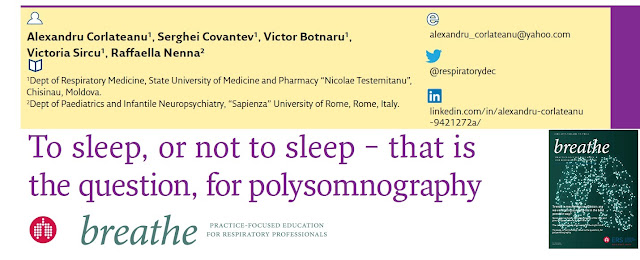Great Respiratory article from our Italian Friends!!!
Highlights
The level of medication adherence in COPD patients is very low
Approaches to assess adherence of COPD are burdened with important limitations.
Patient views on therapy effectiveness are powerful predictors of reported adherence.
The physician can affect adherence in COPD with his/her prescription.
In COPD, adherence to inhalation medication is device-related.
COPD
is a chronic disease in which effective management requires long-term
adherence to pharmacotherapies but the level of adhesion to the
prescribed medications is very low and this has a negative influence on
outcomes. There are several approaches to detect non-adherence, such as
pharmacy refill methods, electronic monitoring, and self-report
measures, but they are all burdened with important limitations.
Medication adherence in COPD is multifactorial and is affected by
patients (health beliefs, cognitive abilities, self-efficacy,
comorbidities, psychological profile, conscientiousness), physicians
(method of administration, dosing regimen, polypharmacy, side effects),
and society (patient-prescriber relationship, social support, access to
medication, device training, follow-up). Patient-health care
professional communication, especially that between patient and
physician or pharmacist, is central to optimizing patient adherence.
However, the most realistic approach is to keep in mind that
non-adherence is always possible, indeed, probable.
Article is HERE!!!


